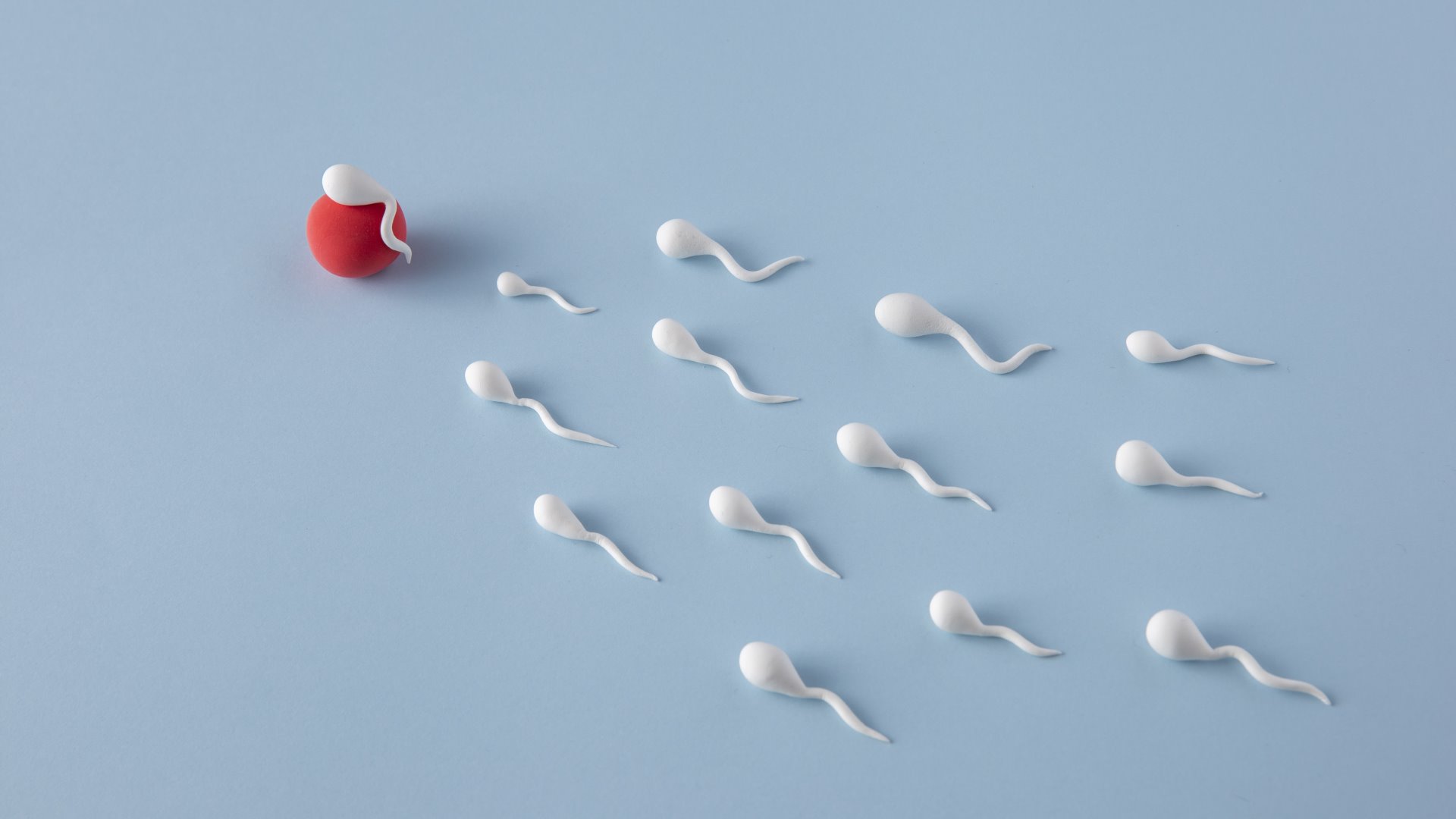The Lamen
Decreased sperm count in men linked to common pesticides

Whether men are having a hard time having babies remains inconclusive, but their struggle with lowering sperm count has attracted widespread attention.
Photo: Freepik
Scientists have fretted over a seemingly preposterous drop in sperm concentration globally — and many find common chemicals to blame.
According to new research published in the journal Environmental Health Perspectives on Wednesday, pesticide exposure can be linked to lower sperm concentration in men around the world.
The data: The researchers studied the exposure to two common classes of insecticides — organophosphates and N-methyl carbamates (NMCs) — used in agriculture, home gardening, and veterinary practice to kill many types of insects and parasites.
- The meta-analysis studied 1,774 adult men across 20 studies and compared them as less- or more exposed to these chemicals.
- They found a “strong” association between higher exposure to these insecticides and lower sperm concentration, considering the evidence “strong enough to warrant concern.”
- Organophosphates were found to be a greater risk to sperm concentration than NMCs, and occupation-related exposure to insecticides showed a stronger association.
“Insecticides are a concern for public health and all men, who are exposed primarily through the consumption of contaminated food and water,” said doctoral student and study co-author Lauren Ellis in the press release for the study.
Dr. Shanna Swan on dropping sperm count. Swan authored the book “Count Down” and was one of the authors of the 2017 study that concluded a significant drop in sperm concentration over 40 years in Western countries.
Video:
Context: “Over the course of 50 years, sperm concentration has fallen about 50% around the world,” said Melissa Perry, senior study author and dean of the College of Public Health at George Mason University in Fairfax, Virginia told CNN.
- The definitive study on a sperm-centric public health concern was published in the journal Human Reproduction Update in 2017.
- The study found that sperm counts in North America, Europe, Australia, and New Zealand plummeted by nearly 60 percent between 1973 and 2011.
- Increasing chemical exposure was linked to the fall in sperm count, a decline that is still continuing.
Yes, but: Study authors have typically taken a single metric — sperm count — as an accurate predictor of male fertility and health. The association, while important, has its limitations.
- A normal sperm count ranges from 15 million to over 200 million sperm per millimeter of semen. However, researchers have not noticed increased fertility above a certain threshold — 40 million per millimeter.
- The 2017 study also found that the decline wasn’t as significant in non-Western countries — which raises the question of other variables.
- Owing to gaps in literature and observational research, researchers of the new study call for more comprehensive research to study the overall impact.
Men’s sperm counts are still well within a normal range, suggest experts, unconvinced whether we’re actually approaching a population and reproductive crisis.
- Degrading semen quality has also been linked to increased obesity rates, smoking, stress, and alcohol use.
- While erectile dysfunction is becoming more common in younger men, it is primarily linked to stress, mental health, and even porn exposure.
Scientists suggest that the chemicals of concern are “endocrine disruptors” — chemicals like phthalates and BPA — that inhibit the effects of testosterone.